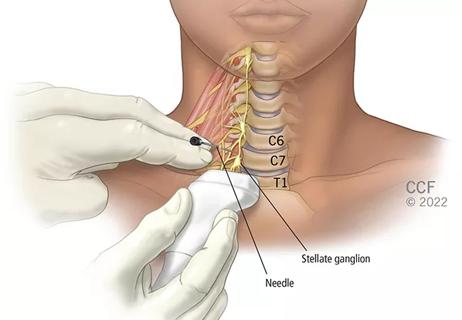Clinicians who are accustomed to uncertainty can do well by patients
Cleveland Clinic’s R.J. Fasenmyer Center for Clinical Immunology is dedicated to working at the intersection of infectious and immunologic diseases. In a video about the role of the rheumatologist in efforts to better understand and respond to COVID-19 and long COVID, Leonard Calabrese, DO, the center’s director, considers ways to think about the virus and its implications for those who suffer symptoms for an extended period of time.
Advertisement
Cleveland Clinic is a non-profit academic medical center. Advertising on our site helps support our mission. We do not endorse non-Cleveland Clinic products or services. Policy
COVID-19, he says, “will be with us for the rest of our lives. And there’s a lot to learn here.”
In its acute form, most people recover, although the death rate is about 1%, and older people are the most vulnerable.
“It has caused untold suffering and disruption to our practices and to the lives of our patients,” says Dr. Calabrese. ”And for some people, the disease is not self-limiting.”
He describes long COVID as a state that can set in after a patient has mostly recovered from mild to moderate disease but suffers persistent symptoms or new-onset symptoms for an extended period of time. There are no universally accepted definitions of long COVID nor how long those symptoms must last to be considered long COVID.
“There are no classification criteria and there are no diagnostic criteria. And there are no diagnostic tests,” says Dr. Calabrese. “I think most of us lack confidence in dealing with this, but we know it when we see it.”
Rheumatologists have a lot to offer in the study and treatment of long COVID, he says. Clinicians faced with medical uncertainty tend to minimize symptoms, he says. But rheumatologists are accustomed to clinical uncertainty. By merely acknowledging that a patient’s symptoms are real and not their fault, rheumatologists can have a very positive and healing potential.
Advertisement
Advertisement

Patients report improved sense of smell and taste

Pearls to reduce the strain of RSV, COVID-19 and influenza infections

Unraveling the TNFA receptor 2/dendritic cell axis

Nasal bridge inflammation, ear swelling and neck stiffness narrow the differential diagnosis

Genetic testing at Cleveland Clinic provided patient with an updated diagnosis

No effect on symptom severity or disability, and low prevalence of long COVID

Dynamic modeling improves the accuracy of outcome predictions for ICU patients

From dryness to diagnosis